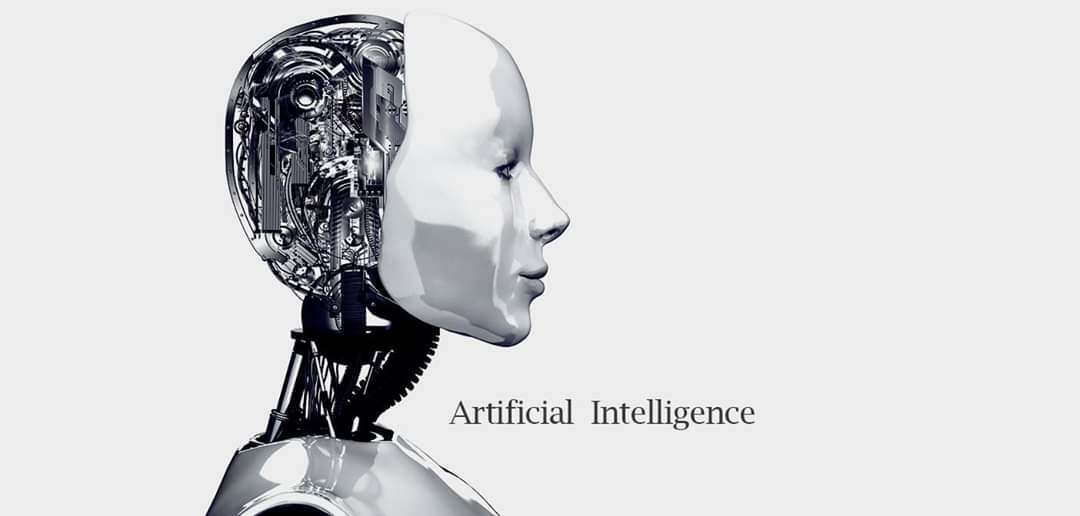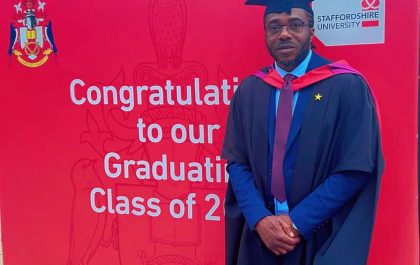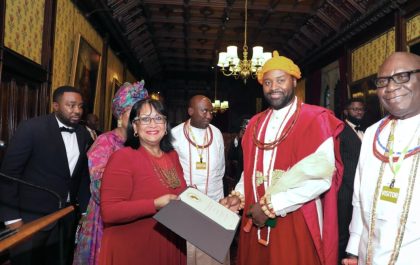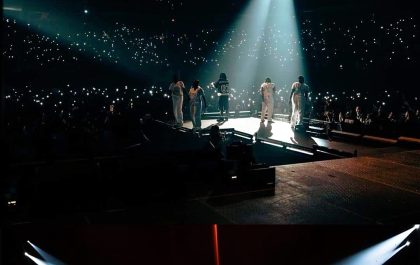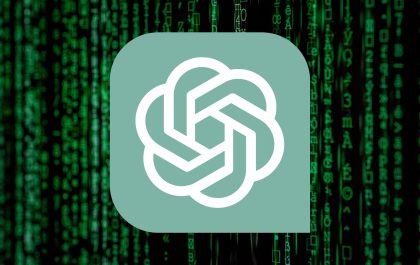-North Carolina State University
Researchers have developed new software that can be integrated with existing hardware to enable people using robotic prosthetics or exoskeletons to walk in a safer, more natural manner on different types of terrain. The new framework incorporates computer vision into prosthetic leg control, and includes robust artificial intelligence (AI) algorithms that allow the software to better account for uncertainty.
“Lower-limb robotic prosthetics need to execute different behaviors based on the terrain users are walking on,” says Edgar Lobaton, co-author of a paper on the work and an associate professor of electrical and computer engineering at North Carolina State University. “The framework we’ve created allows the AI in robotic prostheses to predict the type of terrain users will be stepping on, quantify the uncertainties associated with that prediction, and then incorporate that uncertainty into its decision-making.”
The researchers focused on distinguishing between six different terrains that require adjustments in a robotic prosthetic’s behavior: tile, brick, concrete, grass, “upstairs” and “downstairs.”
“If the degree of uncertainty is too high, the AI isn’t forced to make a questionable decision — it could instead notify the user that it doesn’t have enough confidence in its prediction to act, or it could default to a ‘safe’ mode,” says Boxuan Zhong, lead author of the paper and a recent Ph.D. graduate from NC State.
The new “environmental context” framework incorporates both hardware and software elements. The researchers designed the framework for use with any lower-limb robotic exoskeleton or robotic prosthetic device, but with one additional piece of hardware: a camera. In their study, the researchers used cameras worn on eyeglasses and cameras mounted on the lower-limb prosthesis itself. The researchers evaluated how the AI was able to make use of computer vision data from both types of camera, separately and when used together.
“Incorporating computer vision into control software for wearable robotics is an exciting new area of research,” says Helen Huang, a co-author of the paper. “We found that using both cameras worked well, but required a great deal of computing power and may be cost prohibitive. However, we also found that using only the camera mounted on the lower limb worked pretty well — particularly for near-term predictions, such as what the terrain would be like for the next step or two.” Huang is the Jackson Family Distinguished Professor of Biomedical Engineering in the Joint Department of Biomedical Engineering at NC State and the University of North Carolina at Chapel Hill.
“We came up with a better way to teach deep-learning systems how to evaluate and quantify uncertainty in a way that allows the system to incorporate uncertainty into its decision making,” Lobaton says. “This is certainly relevant for robotic prosthetics, but our work here could be applied to any type of deep-learning system.”
To train the AI system, researchers connected the cameras to able-bodied individuals, who then walked through a variety of indoor and outdoor environments. The researchers then did a proof-of-concept evaluation by having a person with lower-limb amputation wear the cameras while traversing the same environments.
“We found that the model can be appropriately transferred so the system can operate with subjects from different populations,” Lobaton says. “That means that the AI worked well even thought it was trained by one group of people and used by somebody different.”
However, the new framework has not yet been tested in a robotic device.
“We are excited to incorporate the framework into the control system for working robotic prosthetics — that’s the next step,” Huang says.
“And we’re also planning to work on ways to make the system more efficient, in terms of requiring less visual data input and less data processing,” says Zhong
Related posts
Global | Didi Angaye Earns A Distinction Award, Another Feather To The Cap
On a bright sunny day, in the month of July, 2024, the prestigious Staffordshire University located in the West Midlands of England organised its Award giving and Graduation ceremony to honour graduates of various educational programmes and courses which it offers. Didi Timipah Angaye,…
Olu Of Warri Bags Award In UK, Wife Advocates Return To Cultural Values
The Olu of Warri, Ogiame Atuwatse III, has received the Leadership and Community Development award at the 14th African Achievers Awards (AAA), which took place at the Parliament House, United Kingdom. The award was presented by a member of the House of Lords, London, Rt…
Brit Awards | Asake, Burna Boy And Other ‘New Cats’ Get Nominations
Nigerian singers Burna Boy, Asake, and Rema have been nominated for the 2024 Brit Awards. The nomination list for the annual music awards show was released on Wednesday 25, January 2024. Burna Boy and Asake made the ‘Best International Artiste’ category, while ‘Calm…
Brit Awards 2024 | The Full List Of Artist(e)s
This year’s Brits nominees have been revealed ahead of the ceremony in London in March. Dua Lipa is the first star confirmed to perform at the event – but how many awards is she up for? Musicians including Raye, Central Cee, J Hus and Blur are also…
Top 10 Cryptocurrencies To Invest in January 2024
-Michael Adams From Bitcoin and Ethereum to Dogecoin and Tether, there are thousands of different cryptocurrencies, making it overwhelming when you’re first getting started in the world of crypto. To help you get your bearings, these are the top 10 cryptocurrencies based on their market…
The Risk And Reward Of ChatGPT In Cybersecurity
Juan is an experienced CTO with a demonstrated history of working in the computer and network security industry. He is an information technology professional skilled in SAP and Oracle applications, computer forensics, vulnerabilities research, IPS/IDS and information security. Unless you’ve been on a retreat in…
Explained – History Of Money From Fiat To Crypto
What is money? Money as a concept has been a cornerstone of human civilization and economic development. To start with the latter, money is a method of storing value and worth, and it also functions as a medium of exchange that allows individuals to exchange…
Studies Show That Nigerian Crypto Foreign Investment Is At A Record Low
Foreign direct investment in Nigeria fell by 33% last year due to a severe shortage of dollars, which discouraged crypto companies from expanding into the country. The largest economy in Africa has a foreign investment problem despite exponential growth in crypto adoption. The National Bureau…


